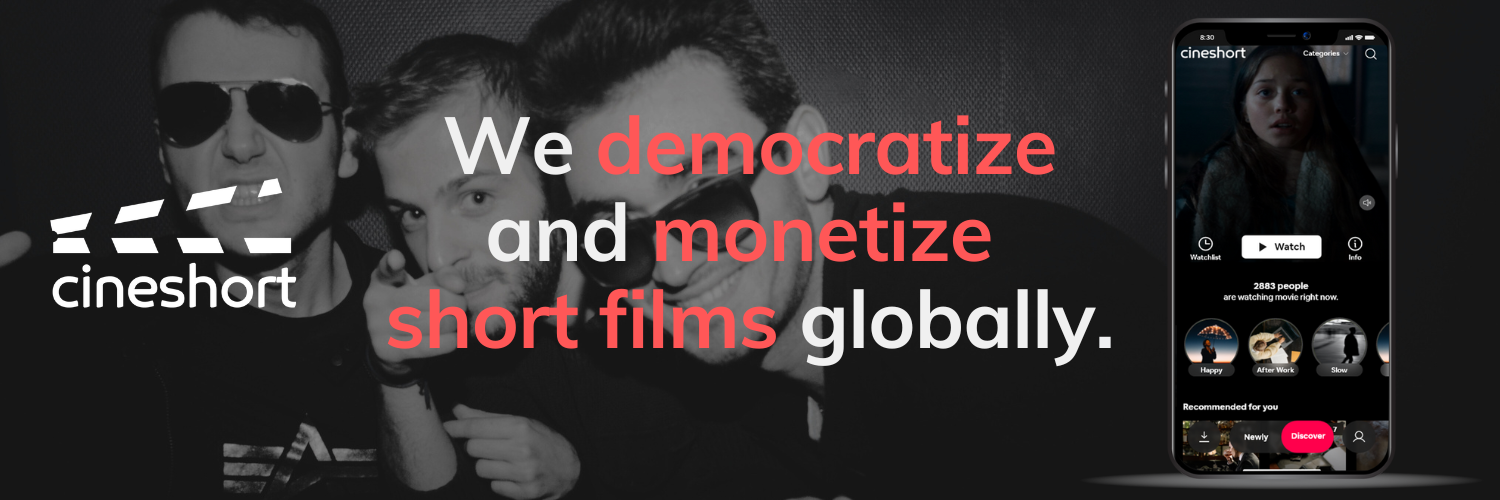Is the Future of Cinema in Short Films?

A Brief History of Cinema
The cinema industry, which began with the invention of the camera in 1825, has rapidly evolved into a major global phenomenon. Although it was a French invention, the film industry grew, developed, and was structured primarily in the United States. The first-ever film, shot in 1895, must have left audiences in awe, mesmerized by the moving images on the screen. Early filmmakers experimented extensively, continuously striving for innovation and improvement.
By the 1930s, cinema had taken a completely new direction. The first sound film, released in 1927, was followed closely by the introduction of color films. This marked a pivotal moment in the history of cinema. Hollywood, functioning as a well-oiled machine, not only shaped the film industry but also played a decisive role in defining its rules and standards. As the world grappled with wars, economic crises, and societal turmoil, cinema emerged as a source of comfort and escape. Over time, its role extended beyond entertainment, influencing public opinion and social norms. However, cinema, in turn, has also been shaped by changing societal behaviors, dominant ideologies, and evolving audience expectations. This dynamic interplay demonstrates that cinema has become an inseparable part of our lives.
Where Do Short Films Fit into This Journey?
The film industry has come a long way from the early amateur recordings—many of which are considered the first short films—to today’s high-tech productions. From VHS tapes and DVDs to 3D and VR experiences, and now AI-assisted filmmaking, the landscape has transformed dramatically. Cameras, filming techniques, makeup, costumes, and production tools have all evolved, and short films are at the very heart of this transformation.
Short films serve as the testing ground for innovation. Their fast production timelines, lower budgets, and smaller cast sizes provide a practical and dynamic creative process. However, this practicality should not be mistaken for a lack of quality. On the contrary, short films offer an intense and focused narrative experience, freeing audiences from the sometimes drawn-out pacing of feature films. This makes short films particularly appealing to younger generations, who crave efficiency and engagement in storytelling.
Changing Viewing Habits of the New Generation
The viewing habits of modern audiences are closely linked to their behavioral patterns. The younger generation, characterized by rapid consumption, short attention spans, and a preference for cost-effective experiences, values individuality and seeks a broad range of experiences in a short time. These behavioral shifts have significantly impacted film consumption. The desire for mobility and flexibility has led to a decline in traditional cinema attendance, with streaming platforms offering a vast selection of short films at an affordable subscription rate.
Short films, with their concise yet powerful storytelling, align perfectly with these new habits. Post-pandemic, many individuals struggle with prolonged focus, making shorter, more impactful films an attractive option. While feature films still hold cultural significance, the high costs of production, distribution challenges, and sponsorship difficulties make short films a more viable alternative.
From a creative perspective, short films offer a direct and immersive experience. Their narratives are often deeply emotional, delivering their messages without unnecessary diversions. With the integration of artificial intelligence into filmmaking, both production and consumption have reached unprecedented levels of accessibility and variety.

The Rise of Streaming Platforms and Community Engagement
Streaming services have revolutionized accessibility to cinema, enabling viewers to watch hundreds of short films anytime, anywhere—free from the constraints of traditional theaters. Moreover, platforms are fostering community-driven experiences, allowing users to engage in collective viewing sessions and discussions. This hybrid approach balances the convenience of digital streaming with the social aspects of traditional movie-watching.
For the cost of just two movie tickets, viewers can gain access to an extensive library of films, providing them with the freedom to choose when and how they engage with content. This unprecedented level of control and variety is a game-changer for the industry.
The Future of Short Films in the Film Industry
Although we often associate cinema with feature-length films, short films are an integral part of the industry. They are mobile, practical, and highly engaging—qualities that perfectly align with the expectations of modern audiences. While it remains uncertain whether short films will become the dominant force in the industry, their significance is undeniable. They have already established themselves as a fundamental component of the cinematic landscape.
As new concepts and experimental formats continue to emerge, only the most immersive and seamless experiences will endure. The rapid advancements in film technology and storytelling techniques ensure that short films remain a dynamic and competitive format. The growing prominence of short films in major film festivals further highlights their increasing relevance.
Cinema, at its core, is about human emotions and storytelling, and short films offer a concentrated dose of both. They are here to stay, continuing to evolve and resonate with audiences worldwide.
Credit: Birgül Tombul, Cineshort Editor.

